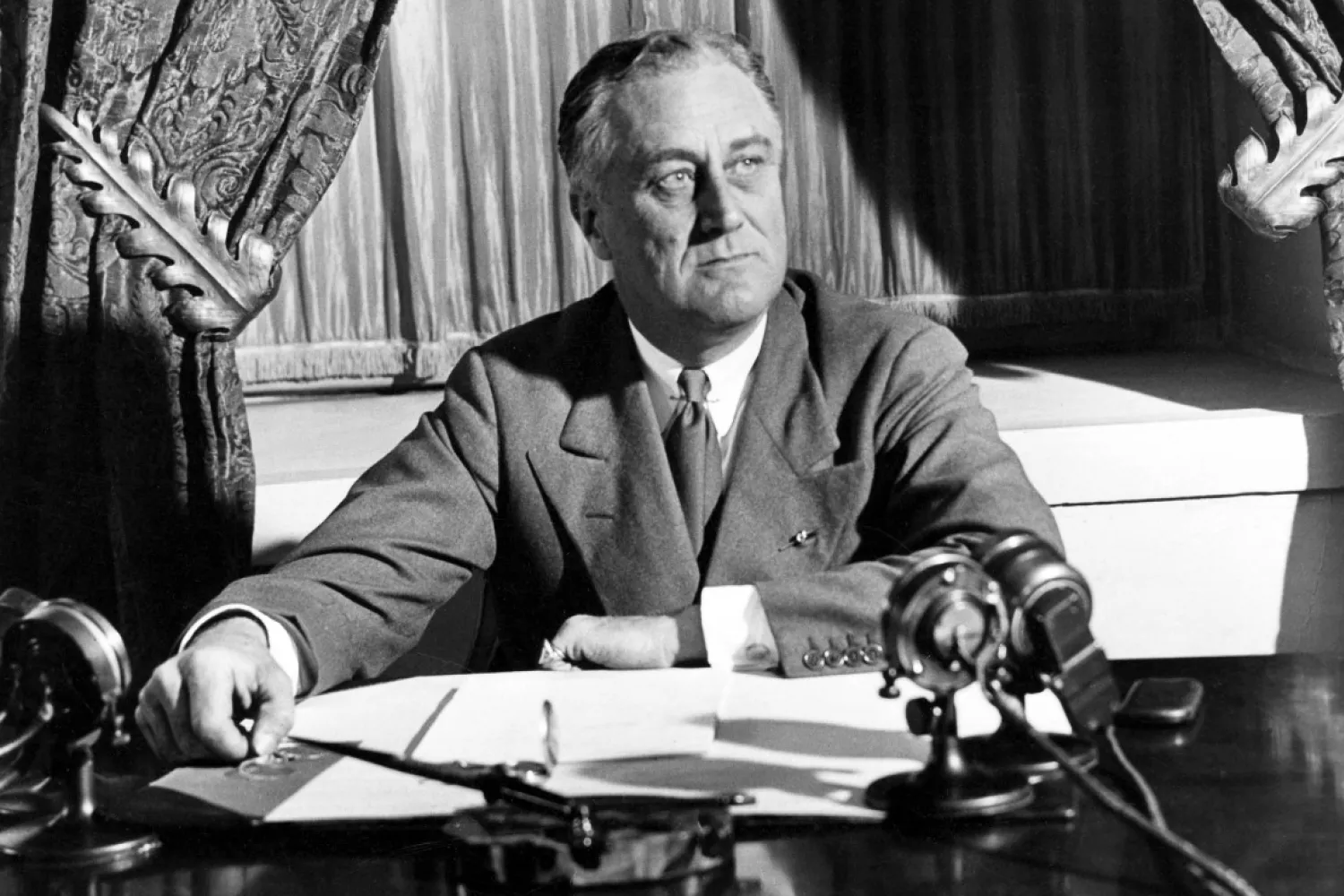Breadcrumb
Disability History Month blog: FDR and the disabled politics of the visual
In the first of a series of posts prepared for Disability History Month, History DPhil candidate James Cullis scrutinises the concept of disabled history.
In a recent study of the theological dilemmas facing conceptions of the disabled body, Julia Watts Belser notes the way in which Franklin Delano Roosevelt made every attempt in the early part of his political career and in the run up to his election in 1932 to conceal the fact that he had Polio. For Belser, the strategy pursued by Roosevelt in the 1930s is insulting by the standards of post liberation conceptions of disability representation.
Drawing on the work of Hugh Gallagher, a historian who also had Polio, Belser maintains that Roosevelt’s strategy makes her ‘flinch’ at the thought of deliberately hiding one’s physical condition from public gaze. Although by no means consistent, this was a deliberate policy that aimed at portraying him as a potential leader of the United States of America, without weakness.
In order to understand why Roosevelt chose to conceal disability, and why Belser’s objections, whilst totally logical, are still misplaced, it is necessary to consider the way in which visual representation of disability have transformed since the 1930s and why we may be inclined to defend and understand Roosevelt’s actions. For some commentators, notably Patrick Maney, the strategy pursued by Roosevelt was heroic and understood as ‘overcoming personal odds’ to lead a nation.
Whilst comprehensible in terms of wanting to see Roosevelt as a ‘war leader’, Maney’s account leaves a bitter taste in the mouth of any modern disabled commentator wishing to understand Roosevelt’s attitude to his disability. Reason for this lies in the way in which modern attitudes towards disability now operate.
Contemporary conceptions of disability tend to be dominated by two basic approaches. On the one hand, the so-called ‘Medical Model’ conceives of disability to be rooted in a medical diagnosis of symptoms. One is disabled simply because of a medical cause. Polio is a medical condition that limits one’s ability to walk. On the other hand, the ‘Social Model’ treats disability as being the outcome of structural barriers placed on an individual. For the Social Model’, the idea of disability is a built-in feature of a disabling society that limits the capacity of certain individuals to fully participate in society.
Whilst the Social Model does have its detractors, including the author of this blog post, it remains the dominant approach to exploring the idea of disability. Such a side-note is important when considering why we might have a problem with the way Roosevelt deals with his disability. Indeed, the title of Belser’s book, Loving Our Own Bones, demonstrates that for her, and this blog’s author, disability should not be something to be hid away or concealed. Yet I want to suggest that there is an alternative explanation as to how we might understand Roosevelt’s position.
Simply put, the idea of Disabled History may be taken two ways, firstly as a chronological narrative of the historical experience of being disabled. Thus, Disabled History Month is a celebration of the lost voices of historical actors and how they ‘fit’ into history. Yet a second account may want to ask what Disabled History actually means and who’s history is being told. For Belser, Roosevelt was wrong to take the road he did. But in making such a point she reads history from her standpoint. This, I want to suggest, is an error because it refuses to recognise that the events of history, even disabled history, should not be explained from the vantage point of a modern readership. Thus, Roosevelt’s reasoning might better be explained as being produced by his own understanding of his body and the structural politics of interwar America.
James Cullis' research focuses on Early Modern intellectual history. Learn about his doctoral project and publications on his departmental page.
Other Christ Church news



